
Precisely monitor the temperature of your concrete structures under any conditions
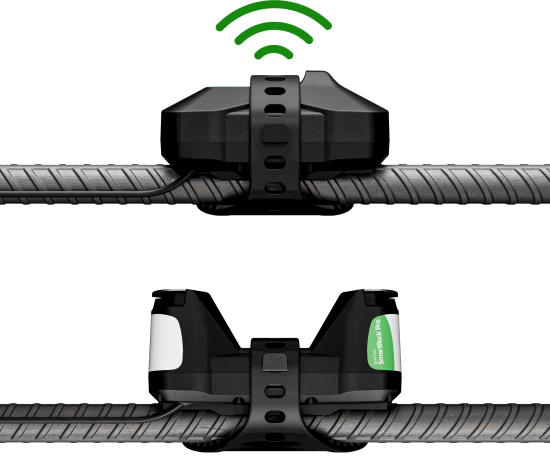
Collect real-time in-situ concrete strength data through maturity-based sensors
Maturity-Based Concrete Strength Monitoring
Self-Calibrating Concrete Strength Monitoring
AI-powered precision for every concrete mix for the Producers
Instant ROI
AI-Powered Decision Making
Drive Sustainability
Core Quality Control
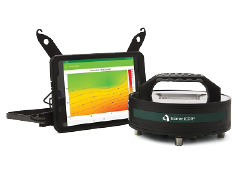
Corrosion detection in concrete reinforcement
Concrete quality detection lab equipment
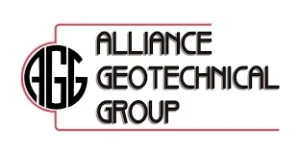

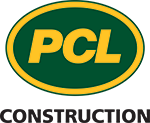



Devices for Measuring Rebar Corrosion, Permeability, and Resistivity of Concrete
Experts revolutionizing the construction industry
Stay on the cutting edge of concrete tech
Save the date and join us at future events and conferences

The construction industry is going through some big changes. Robots, AI, and smart sensors are starting to show up on jobsites, helping crews work faster, safer, and with more accuracy than ever before. Whether it’s a robot laying bricks or a sensor tracking the quality of concrete during delivery, these technologies are making concrete construction projects smarter from start to finish.In this blog, let’s check out a collection of the most transformative projects that showcase the evolution of the material from its humble beginnings to its role in some of the most awe-inspiring creations the world has ever seen.3D Printing & Robotic ConstructionConcrete 3D printing is moving beyond prototypes and making its mark on real-world construction. From entire neighborhoods in Texas to climate-resilient homes in Dubai, robotic construction is opening the door to faster, more affordable, and more sustainable building methods.ICON’s 3D-Printed Community – Austin, TexasIn Texas, ICON is building the world’s first fully 3D-printed neighborhood using Lavacrete, a proprietary concrete-like material designed for strength and sustainability. Leveraging large-scale robotic printers, ICON can produce entire homes in a matter of days, drastically reducing labor, material waste, and costs. This project targets one of the most pressing global issues: affordable housing….
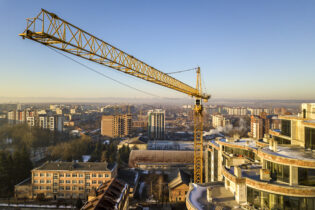
Hot weather concrete placement presents a unique set of challenges, particularly for mass concrete elements. Without proper planning and temperature control, warm conditions can affect the concrete and shorten the service life of the structure. Contractors working during summer or in warmer climates need to understand the effects of heat on concrete and take the right steps to ensure performance and durability. In this blog, let’s walk through why hot weather impacts concrete performance, the risks specific to mass pours, and practical strategies to manage temperature and ensure a successful placement. What Is Hot Weather Concrete? Hot weather concrete refers to any concrete work performed in conditions where high ambient temperature, strong wind, low humidity, or solar radiation accelerate cement hydration and water evaporation. According to ACI guidelines, these conditions begin to affect concrete performance at temperatures above 27°C (80°F). These environmental factors speed up the chemical reactions in freshly mixed concrete, reduce workability, and increase the potential for shrinkage and cracking. The risks are even greater when pouring mass concrete, where heat generated by cement hydration is trapped inside the structure. Why Hot Weather Conditions Affect Mass Concrete Mass concrete is defined by its large volume, which prevents heat from escaping efficiently. During hydration,…
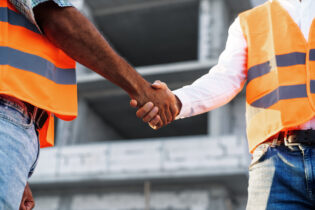
Construction dispute resolution is a crucial aspect of construction project management, aimed at identifying, addressing, and resolving conflicts that arise throughout the project lifecycle. An effective dispute management process ensures that projects are completed on time, within budget, and meet quality standards. In this blog, let’s explore the role of dispute management, common dispute resolution methods, and their benefits for professionals handling disputes in construction projects. Why Do Disputes Happen? Understanding the root causes of construction disputes is key to preventing them before they even begin. While every project is unique, many conflicts stem from common issues that can often be avoided with a bit of foresight and planning. Disputes can stem from: Specific issues that often escalate conflicts include: These issues don’t just hurt progress; they can drain morale, sour relationships, and spike costs. In fact, according to the 2024 Arcadis Global Construction Disputes Report, the average dispute value in North America reached approximately $43 million, marking a slight increase from the previous year. Meanwhile, the average time required to resolve these disputes increased by 6%, now standing at around 14.4 months. This significant duration can impact project timelines and funding. Recognizing these causes helps project teams proactively address them and reduce the likelihood of…

Visit our careers page to learn about our award-winning culture and our open positions.
The concrete game has changed. Find out what self-calibrating sensors can do for you with Giatec’s SmartRock® Pro.